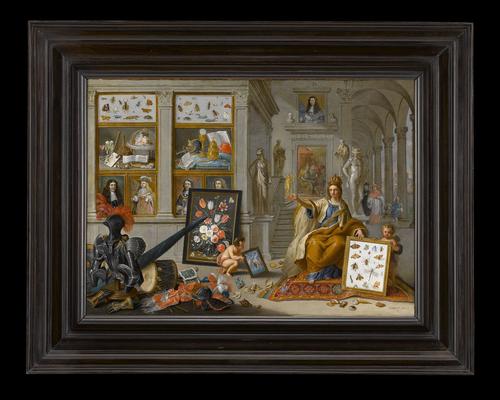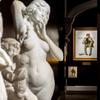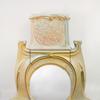Innocence, Temptation, and Power: The Evolution of Women in Art
- February 12, 2015 12:14
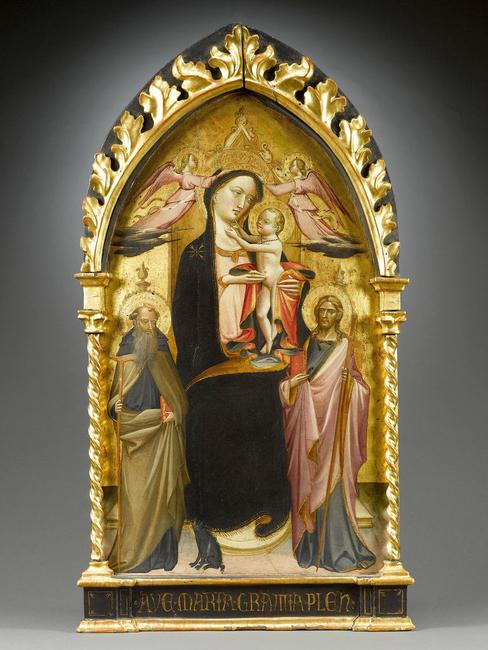
This is the first of a three part series of blog posts preceding our exhibition Innocence, Temptation and Power: The Evolution of Women in Art, on view at M.S. Rau Antiques from March 27 – May 4.
A mystifying creature with the ability to nurture, seduce, create and conquer, women have served as an endless source of inspiration for history’s most iconic artists, representing archetypes of ideal beauty, model behavior, and the ultimate temptation. These canvases invite viewers to peel back their many layers, each telling a different story about the woman it depicts, the artist who painted her, and the times in which they lived. At times empowering and others objectifying, these images offer a visual narrative of the evolution of women’s roles throughout history. The story begins here with one of the most recognizable images of woman: the Madonna.
Arguably one of the most widely depicted women in the history of art is the Virgin Mary, a woman who has bore numerous roles over the centuries. Traditionally represented as the Madonna figure, as in Giovanni dal Ponte’s early 15th century work, she stands as the pinnacle of motherhood, womanhood and religious devotion. At a time when the Church was the largest patron of the arts, representations of women in art served primarily as allegories for religious virtue, and these images would perpetuate the Christian ideal of womanhood for centuries to come.
Along with virtue, innocence and beauty remain constants in the representation of ideal womanhood throughout the history of art. Even after the Church rescinded its role as major patron of the arts to the aristocracy, the model of the virtuous woman would remain consistent, particularly in portraits of the aristocracy. Rather than religious subjects, 18th-century portraitists turned their focus to social roles, which, for women, were largely dictated by their fathers and husbands. The elegance of a woman, both in art and in life, served as an affirmation of the status of her family, and an opulent, well-executed portrait stood as a demonstration of wealth and status.
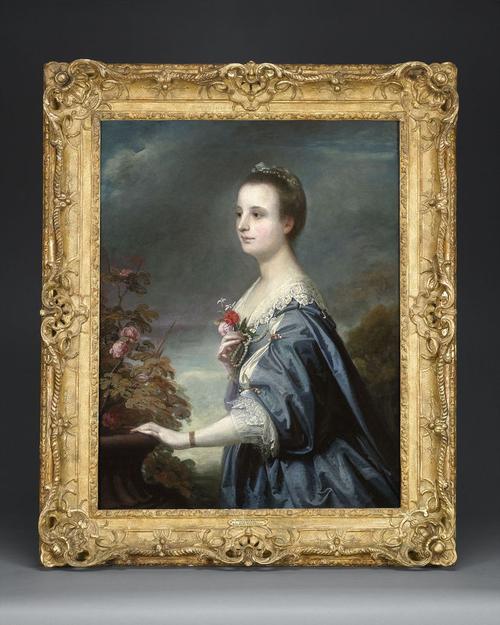
This notion is clearly seen in the elegant portrait of Mary Townshend by the legendary Sir Joshua Reynolds. Rendered with an air of quiet dignity, the work provides a glimpse into 18th-century London society through the figure of Mary. While the viewer garners no real sense of her character through the work, the family’s wealth is very much on display in her opulent clothing, and the pearls that she clutches are a testament to her virginal innocence. Considered little more than a possession herself, the figure of Mary, in her virtue and beauty, serves as a visual symbol of the status of the Townsends.
Portraits of the upper class such as this expose a high culture that was defined by the Church and the male aristocracy, who largely ascribed qualities such as truth, innocence, morality and virtue to the ideal of womanhood. It would take another century before women were considered in a new light by artists and society alike, with the roots of women’s suffrage towards the end of the 18th-century signifying tremendous changes ahead.
To learn more about the story of women in art, please join us for Innocence, Temptation and Power: The Evolution of Women in Art, on view at M.S. Rau Antiques from March 27 – May 4.
About M.S. Rau Antiques:
M.S. Rau Antiques has spent over 100 years earning the trust of discerning collectors world-wide. Located in the heart of New Orleans’ historic French Quarter, our peerless gallery showcases some of the world’s most extensive and stunning works of important fine art by artists such as Monet and van Gogh, rare 18th-and 19th-century antiques and breathtaking jewelry, including rare colored diamonds.
